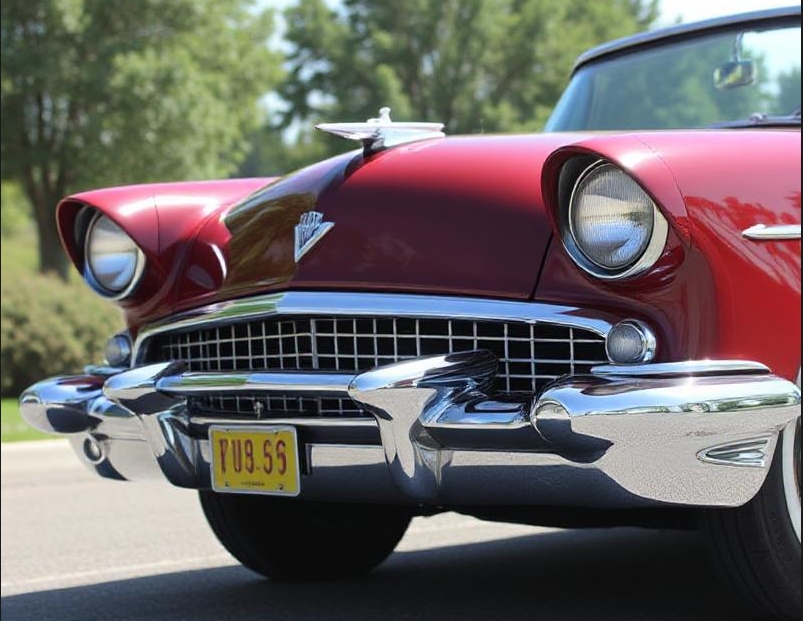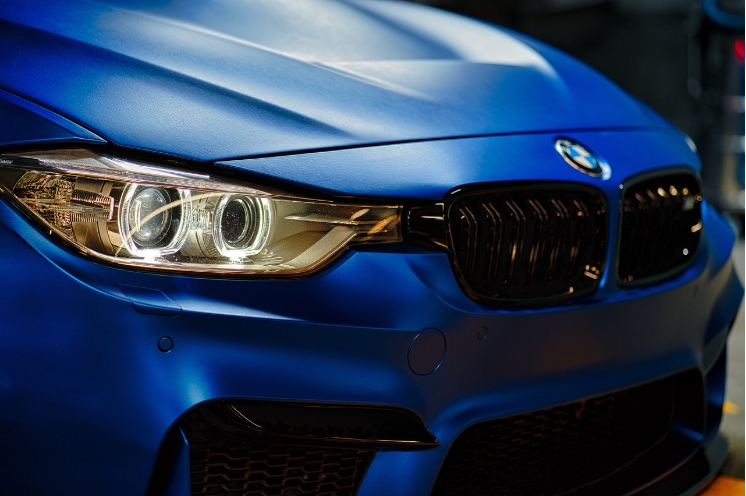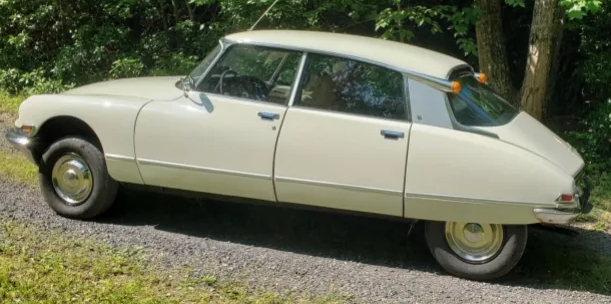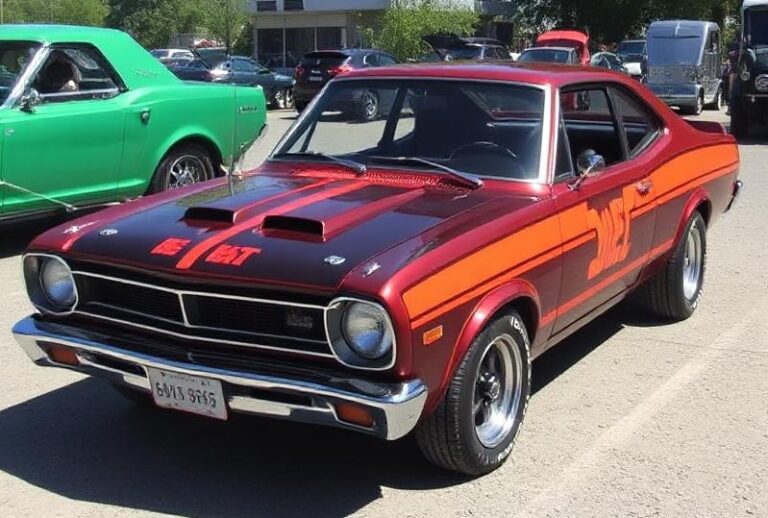The Evolution of the Packard 400
The Packard 400 is one of the most iconic models produced by the storied Packard Motor Car Company, a name synonymous with luxury and style in the American automotive landscape from the early 1900s until its decline in the late 1950s. The Packard 400’s production spanned from 1955 to 1958, making it a relatively short-lived model in the grand tapestry of Packard’s illustrious history. Throughout its run, the Packard 400 showcased the brand’s innovation in design and engineering, evolving in both style and performance while reflecting trends in American automotive culture.
The Early Years: 1955
The Packard 400 was introduced in 1955 as part of Packard’s ambitious effort to modernize its lineup and regain market share in the competitive post-war automobile market. The 1955 model signified a bold departure from earlier designs with its streamlined fuselage and distinctive “gorgeously ornately styled” front fenders, which were emblematic of mid-1950s automotive aesthetics. The car was offered as both a hardtop and a sedan, reflecting the era’s preference for personal luxury vehicles.
In terms of trim, the 1955 Packard 400 was available with a variety of luxurious features, such as power windows, air conditioning, and plush upholstery. Under the hood, the Packard 400 was equipped with the new “Twin Ultramatic” transmission system and a 320 cubic inch V8 engine, outputting approximately 245 horsepower. The focus on high-end features and a powerful engine made the 1955 Packard 400 a formidable addition to the luxury car segment.
A Year of Refinement: 1956
The 1956 model year saw further refinement in the design and specifications of the Packard 400. The exterior received a facelift, with a new grille design that was more aggressive and bold, paired with attractive tailfins that were in vogue during the mid-1950s. The chrome accents that adorned the car offered a gleam that was hard to ignore, a visual signature of automotive luxury during this period.
In terms of models and trim levels, the 1956 lineup consisted of the luxury two-door hardtop and the four-door sedan. The performance aspect was enhanced with a larger, 352 cubic inch V8 engine that produced around 280 horsepower. Packard also introduced a new “Torsion-Level” suspension, significantly improving ride quality and handling. The 1956 Packard 400 maintained its commitment to comfort, continuing to offer high-end features such as leather interiors, power seats, and a premium audio system. The luxury market was heating up, and the 1956 Packard 400 aimed to position itself as a centerpiece in this thrilling era of automotive innovation.
The Final Chapter: 1957-1958
The Packard 400 entered its final chapter with the models produced in 1957 and 1958. The production for the sequential years was significantly impacted by the economic pressures facing Packard as competition increased from rival manufacturers. In 1957, the 400 was offered in both hardtop coupe and sedan forms, and the overall design was further refined to enhance aerodynamics and style.
The 1957 model showcased some of the more radical styling trends of the time, with sweeping curves and elongated lines. The engineering continued with the refined 375 cubic inch V8 engine that pushed out 310 horsepower. However, despite its impressive features and specifications, the 1957 Packard 400 faced stiff competition and lost some of its shine in the luxury market.
By 1958, the Packard 400 was subject to major changes within the company, which was grappling with serious financial difficulties. The last model year saw the 400 being promoted as a more affordable luxury option, with a reduced focus on opulence. The changes were apparent in both mechanical and aesthetic aspects, leading to the discontinuation of many of the previous luxury features. The lineup for 1958 was pared down, and the brand struggled to hold on to its traditional customer base amid the advent of more cost-effective, modern alternatives from other automakers.
.
NO MORE dead batteries with this:

.
Conclusion: Legacy
The Packard 400 remains a fascinating subject for automotive enthusiasts and collectors, despite its relatively brief production run. Initially launched as a bold new statement in luxury, the evolution of the 400 from 1955 to 1958 illustrates both the aspirations and the challenges faced by Packard during this tumultuous time in automotive history. The 400 model showcased not just the innovative engineering and luxurious trimmings that were characteristic of Packard vehicles but also reflected the rapidly changing tastes of American consumers in the post-war era.
As the years passed and Packard made efforts to adapt, the 400 emerged as both a beloved artifact of its time and a poignant reminder of the struggles faced by one of America’s most venerable automotive brands. While the last Packard 400 rolled off the production line in 1958, its legacy and place in the pantheon of American luxury cars remain firmly established, and it continues to be celebrated by automotive aficionados and historians alike. The Packard 400 serves as a benchmark of classic automotive innovation, style, and the shifting tides of consumer preference in the mid-20th century.







